Bad Bunny's "Debí Tirar Más Fotos" Tells Puerto Rico's History
Bad Bunny's "Debí Tirar Más Fotos" Tells Puerto Rico's History
The opening track of Bad Bunny's sixth studio album, "Debí Tirar Más Fotos," which was released on Jan. 5, doesn't begin in the way many of us have come to expect typical reggaetón songs to start. There are no heavy synths underlining the intro, no plucky "wite" melody (how Puerto Ricans refer to the iconic melody sampled from Jamaica's "Bam Bam" riddim), and no pounding dembow bassline. Instead, "Nuevayol" opens with a sample from the salsa classic "Un Verano En Nueva York" by El Gran Combo, the first sign we are in for something different. And by the time the album's 17 tracks are through, we've been taken on a tour through Puerto Rico's rich musical history. This is Bad Bunny's most Puerto Rican and emotionally vulnerable album yet, where he uses the island's musical soundscape as a canvas to comment on its many sociopolitical issues while cultivating the musical terroir of Puerto Rico's future. "Debí Tirar Más Fotos," which translates to "I should've taken more photos," comes at a crucial time for Puerto Ricans, both on the island and throughout the diaspora. With the same administration that has helped lead the island into corruption and decay about to take office yet again, there is no guarantee that our traditions or way of life won't be directly impacted. Such is the march of time, and the impact of over 500 years of colonization cannot be understated. Bad Bunny, born Benito Antonio Martínez, seems to understand this better than most. The album is framed loosely by the idea of the singer entering the new year alone, reflecting on a lost love, which can easily correlate to the loss of agency, sleep, and a promising future many Puerto Ricans are grappling with. Our beaches are slowly being poisoned. Our lands are being sold to crypto billionaires. And our lights still won't stay the fuck on. Given these circumstances, it's not hard to see how the nostalgia of the past can serve as an escape. But Martínez, while his character might be drinking pitorro and reminiscing about an ex, isn't getting lost in nostalgia. He's using it to bridge the gap between the island's past and its future. While the opening track starts with a salsa sample, which shouts out Puerto Rican legends like salsero Willie Colón and the owner of the last standing Puerto Rican social club in NYC, Maria Antonia Cay (known as Toñita), the second song on the album, "Baile Inolvidable," sees Martínez harmonizing in his typical urbano cadence over the horns, keys, and typical salsa orchestration provided by Libre de Musica San Juan. This is followed by tracks borrowed from less commercial genres, such as bomba y plena, música jíbara, and bachata. However, while the sonic landscape of "DTMF" owes much to the island's past, the voices it features are primed to shape the island's musical tradition for years to come. Puerto Rico's next big thing, RaiNao, is featured on the track "Perfumito Nuevo," a sexy, upbeat reggaetón number with pulsing, alternating dembow rhythms that are perfect for a day-trip across Puerto Rico's sunbaked carreteras. The very next track, "Weltito," calls in assistance from up-and-coming Latin jazz, tropical fusion quartet Chuwi. Martínez might be a once-in-a-generation superstar, but he's always understood that he is part of a bigger musical tradition, one that includes greats like Hector Lavoe, Andres Jimenez, Olga Tanon, Big Pun, Tego Calderon, and many more. And with that comes a certain responsibility. Martínez knows that any artist he features will be springboarded into the spotlight, and he uses his platform accordingly to ensure that the tradition continues long after he's gone. There's been a "recent back to the roots" movement sweeping across the underground scene in PR, with new artists experimenting with more traditional sounds, which the artists featured on the album, including Chuwi, Rainao, Omar Courtz, and Dei V are all a part of. Even Rauw Alejandro stepped up to embrace a more classic style and pay homage to the diaspora on his last album with a cover of 'Tú Con El" by Frankie Ruiz. So it's no surprise that after "nadie sabe lo que vas a pasar mañana," the trap masterclass that was his last album, Martínez's latest project would have him going in a more eclectic direction and using his platform to help push the island's sound in that direction. But in many ways, Bad Bunny is also kind of an anti-superstar. Whereas being a pop star often means trading in a more cultivated sound for something that appeals to the masses, Martínez has done the opposite. The more his fame has grown, the more his musical trajectory has diverged from typical pop stardom, leading him down the path of auteur and activist similar to hip hop artist and rapper Kendrick Lamar. Similarly, as his fame has grown, his albums have become less accessible and more insular. "DTMF" is not an album that caters to outside audiences. It's not meant to appeal to tourists, something the artist touches on in the track "Turista," a caution
Comments 0
Most Read
How to Choose a Permanent Makeup Artist
Recommended Post
Gogolook launches news wall feature to Whoscall App
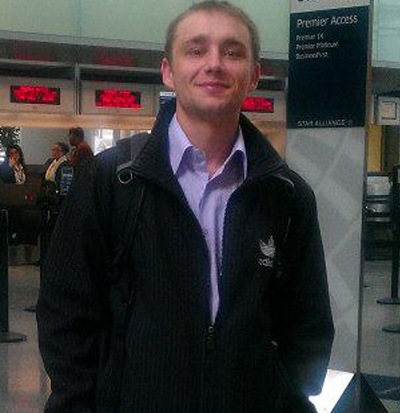
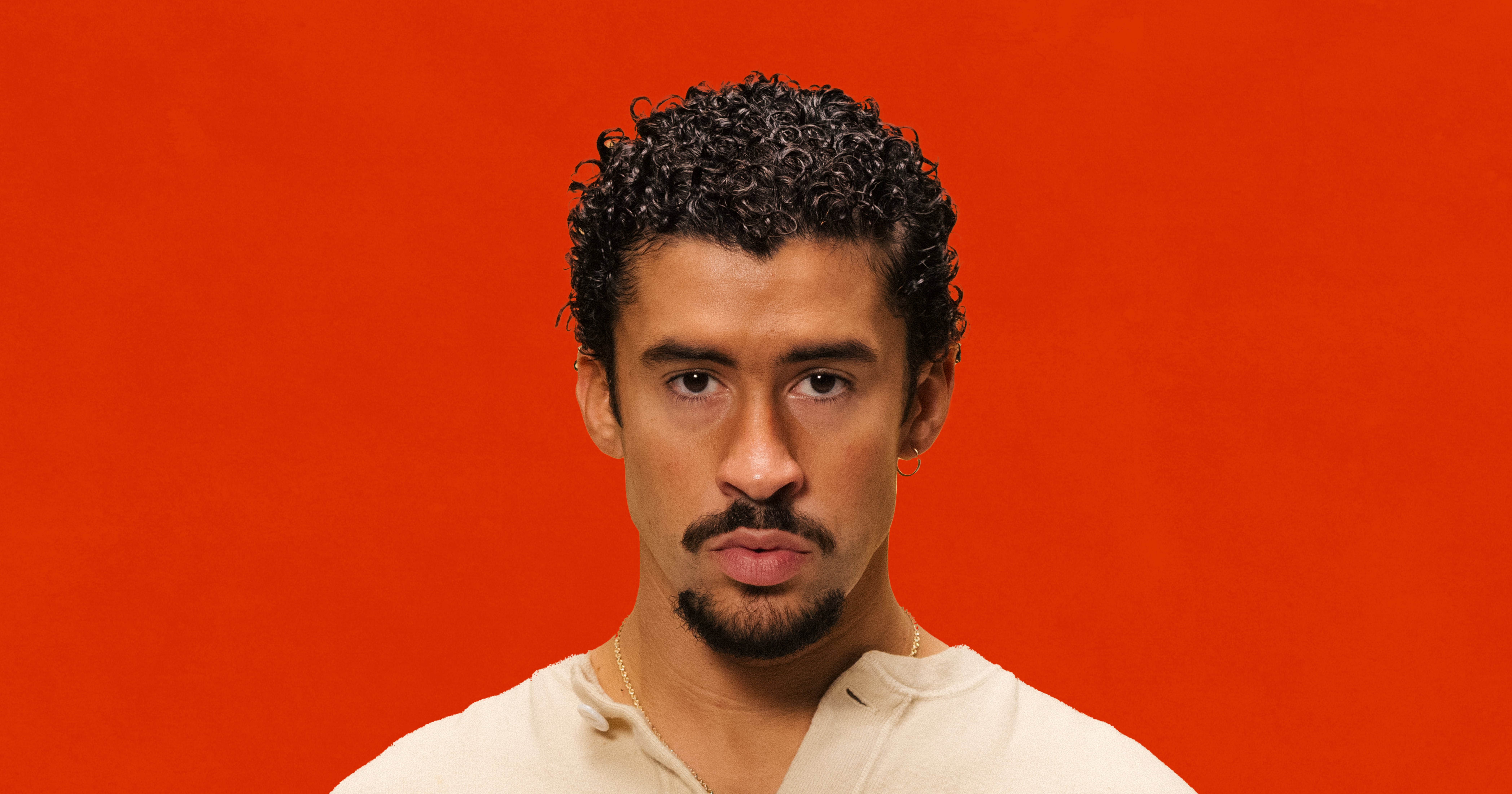



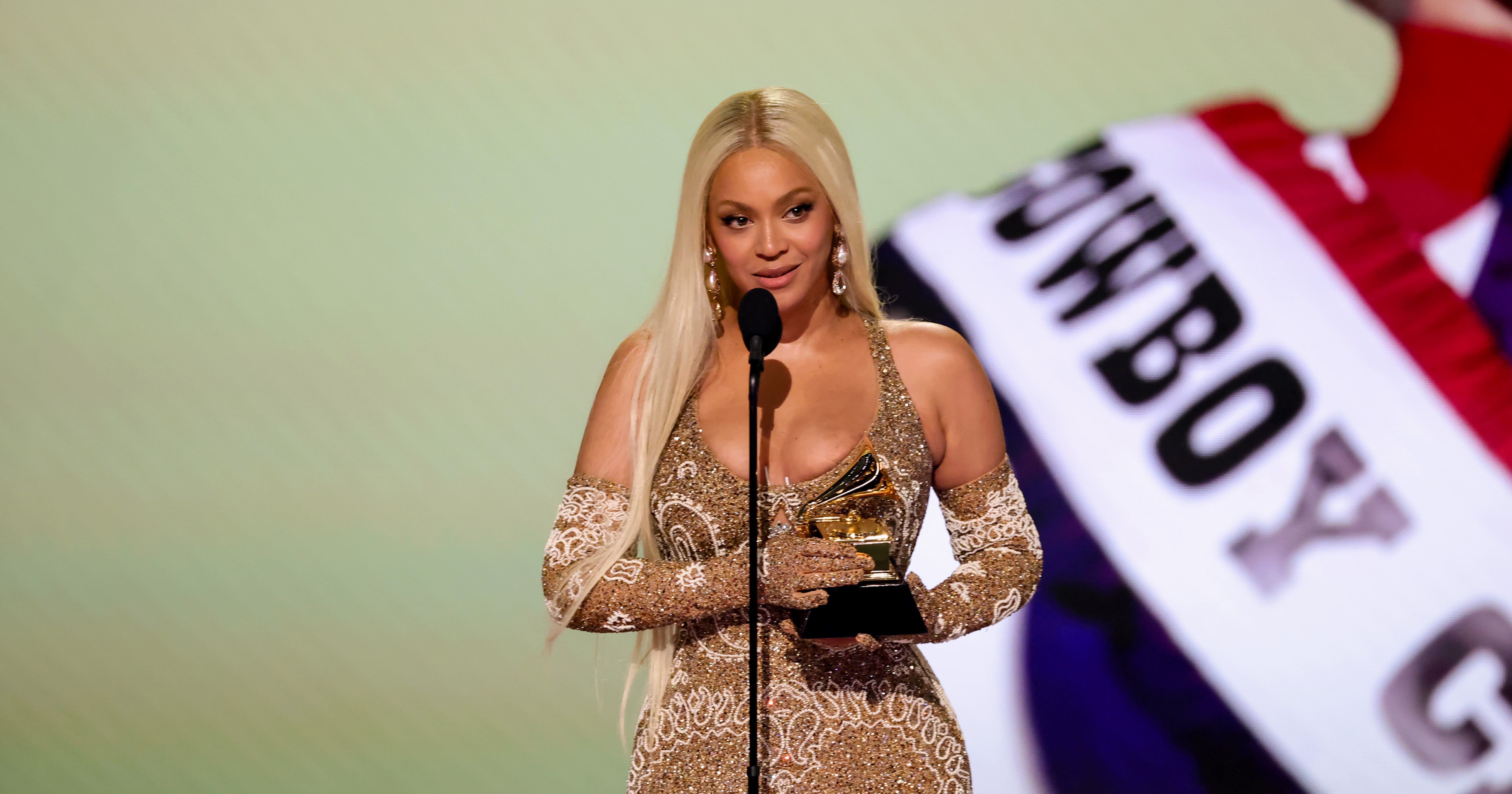
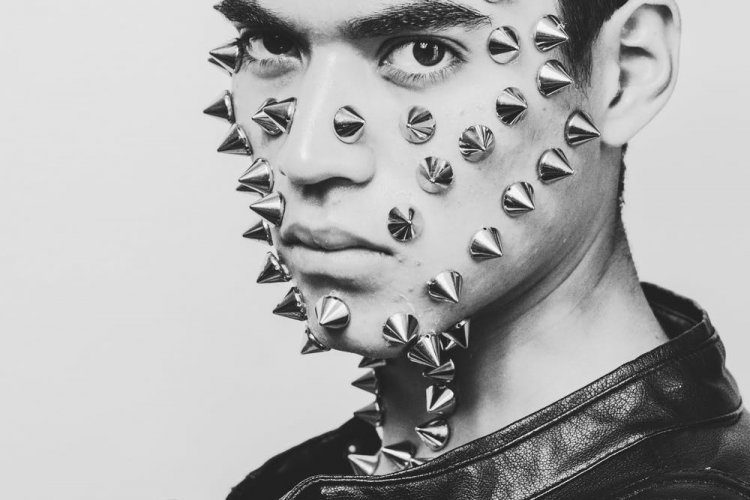



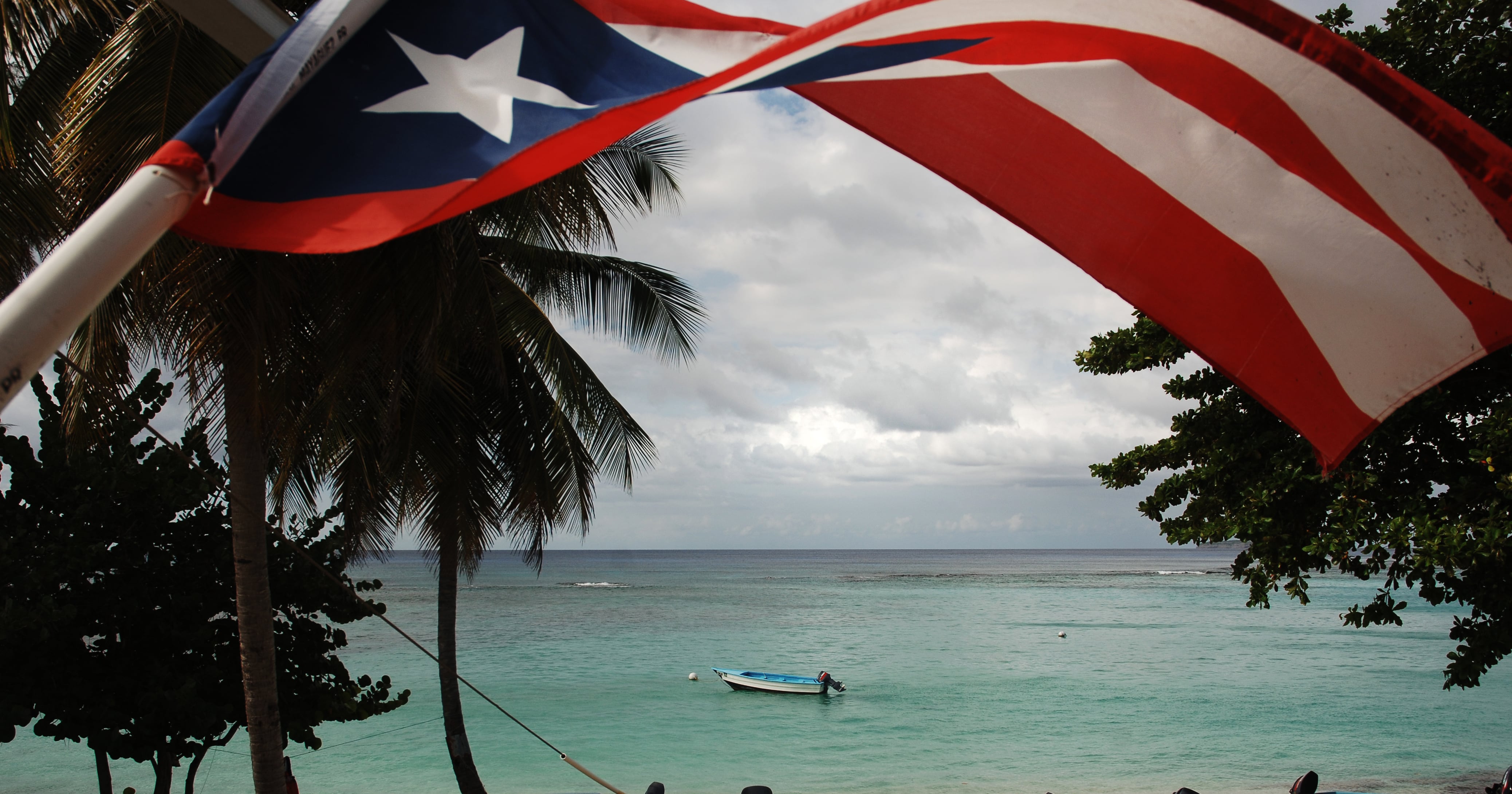


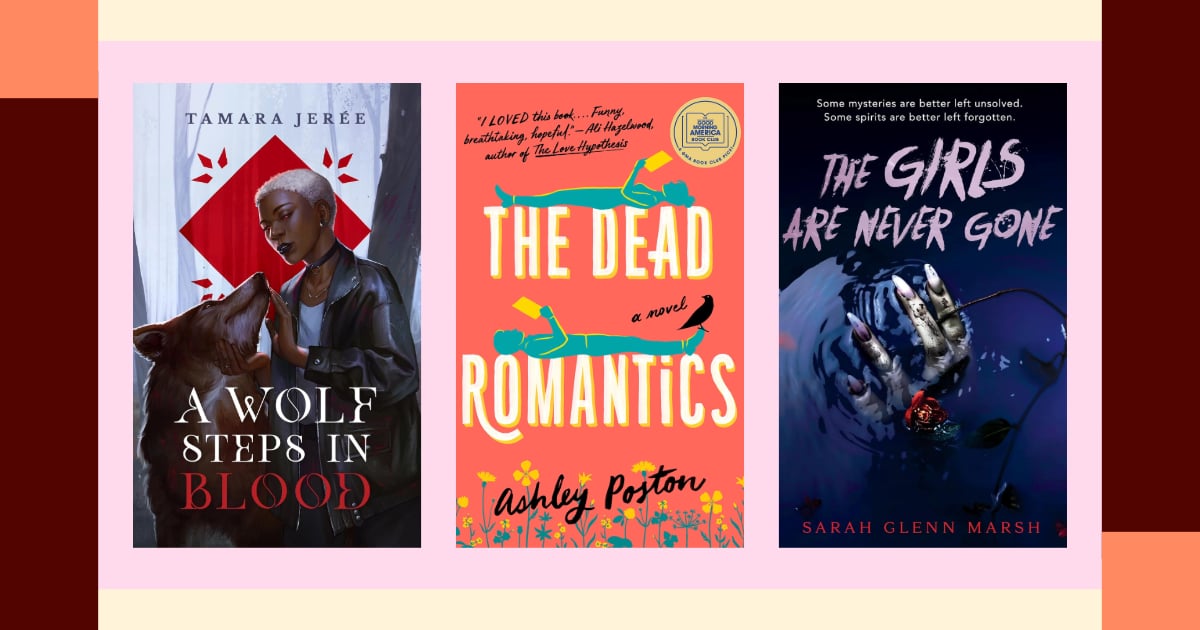
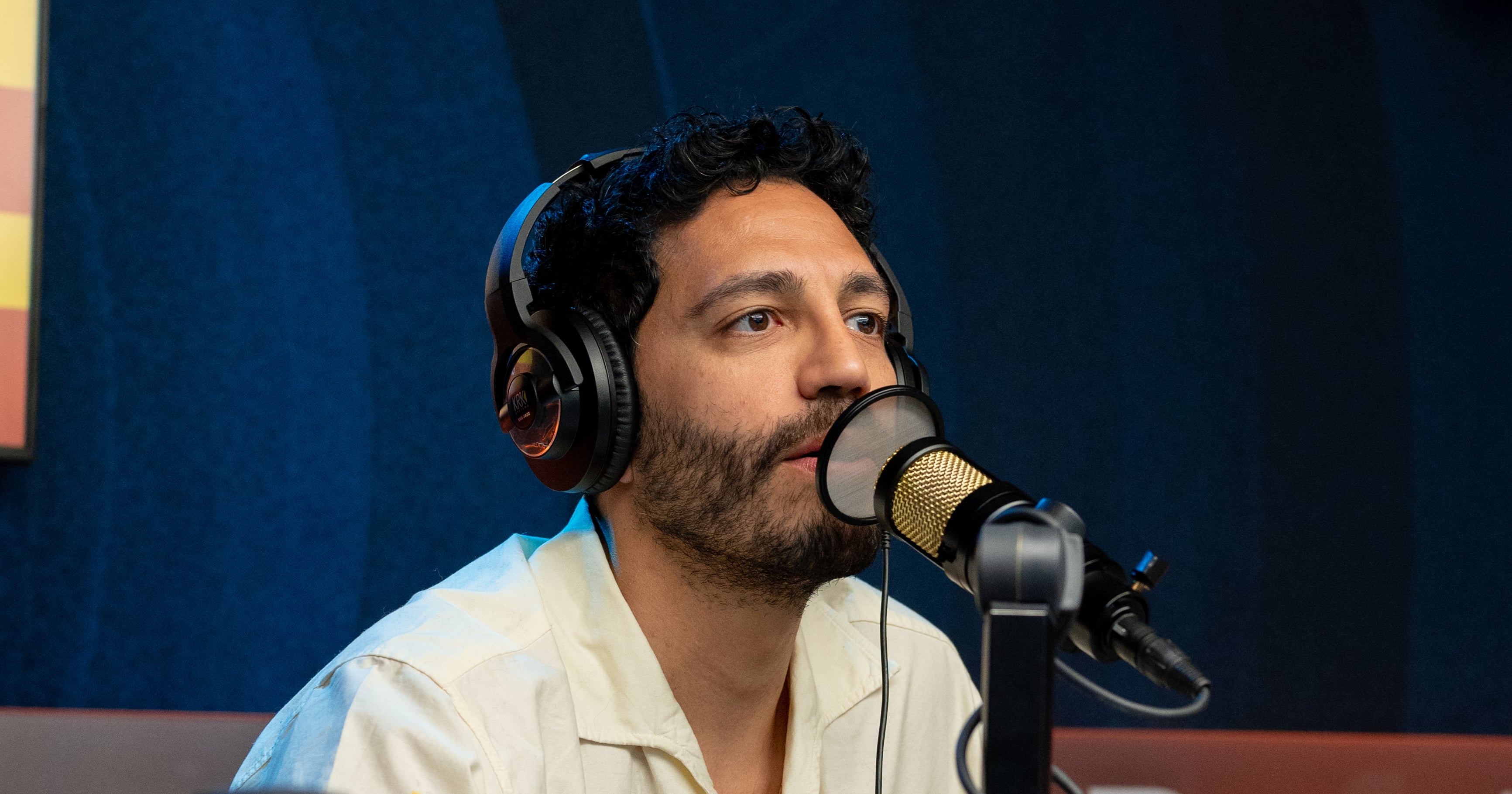




Leave a Comment